If you’re an aspiring builder who wants to take your projects to the next level, there’s one all-important question that you need answered: can a Sawzall cut metal? As it turns out, the answer isn’t as simple as a yes or no. Depending on the type of blade attached to the saw and the type of metal you’re working with, metal cutting with a Sawzall is possible – but there are some important considerations to keep in mind. Keep reading for everything you need to know about using a Sawzall for metal cutting!
Can a Sawzall Cut Metal?
The answer is yes, you can use a Sawzall to cut metal! This versatile tool provides an easy and efficient way to make precise cuts in metal and other materials. The Sawzall’s reciprocating motion makes it ideal for cutting through objects quickly and accurately.
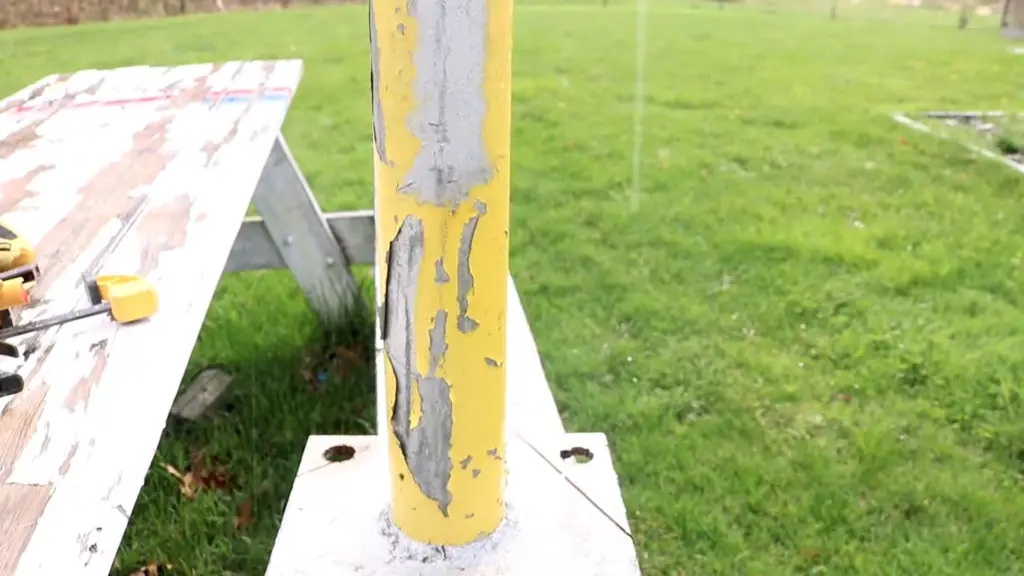
When using a Sawzall to cut metal, it is crucial to select the appropriate blade for the specific task at hand. Different blades are designed for cutting different types of metals, such as steel, aluminum, or cast iron, so choosing the right blade ensures optimal performance and results.
To ensure smooth operation and prolonged blade life, proper lubrication is key. Applying a suitable lubricant to the blade helps reduce friction and heat buildup during cutting, enhancing both performance and blade longevity. Take a moment to lubricate the blade before you begin cutting to ensure optimal cutting efficiency.
Remember to prioritize your safety when operating a Sawzall. Always wear the necessary protective gear, including eye protection to shield your eyes from flying debris, work gloves to protect your hands, long pants to safeguard your legs, and a face mask to prevent inhalation of dust particles. By taking these precautions, you can work confidently and minimize the risk of injuries while using a Sawzall.
For best results, use a cutting oil or lubricant on the metal you’re cutting, as it can help protect the blade and make the cut easier. Finally, always remember to practice safety when using a Sawzall — stay alert and be aware of your surroundings! With these tips in mind, you’ll be able to confidently use a Sawzall for all of your metal-cutting needs.
What Are Some Benefits Of Using A Sawzall for Metal Cutting?
Using a Sawzall for metal cutting offers numerous advantages. It provides an easy and efficient way to make precise cuts in metal and other materials, making it ideal for those who need to cut through thick or hard items quickly and accurately. Additionally, the reciprocating motion of the blade helps reduce fatigue when making repetitive cuts, meaning that even complicated tasks can be completed quickly and easily.
The tool also allows for a range of blade angles, enabling users to make difficult cuts that would otherwise be impossible with other cutting tools. In addition, Sawzall blades are designed to last longer than traditional saws, providing users with a reliable cutting solution that won’t need frequent replacement. Finally, the Sawzall can be used in a variety of environments and applications, from cutting pipe to trimming wood.
For those looking for a powerful and reliable tool that can make precise cuts on metal and other materials, the Sawzall is an excellent choice. With its easy-to-use functionality, superior durability, and wide range of blade angles, it’s no wonder why so many professionals and DIYers rely on the Sawzall to get the job done. Whether you’re cutting a pipe or trimming wood, the Sawzall can help you make quick work of even the most challenging tasks. As long as it’s used safely and correctly, this tool is sure to provide years of reliable service [1].
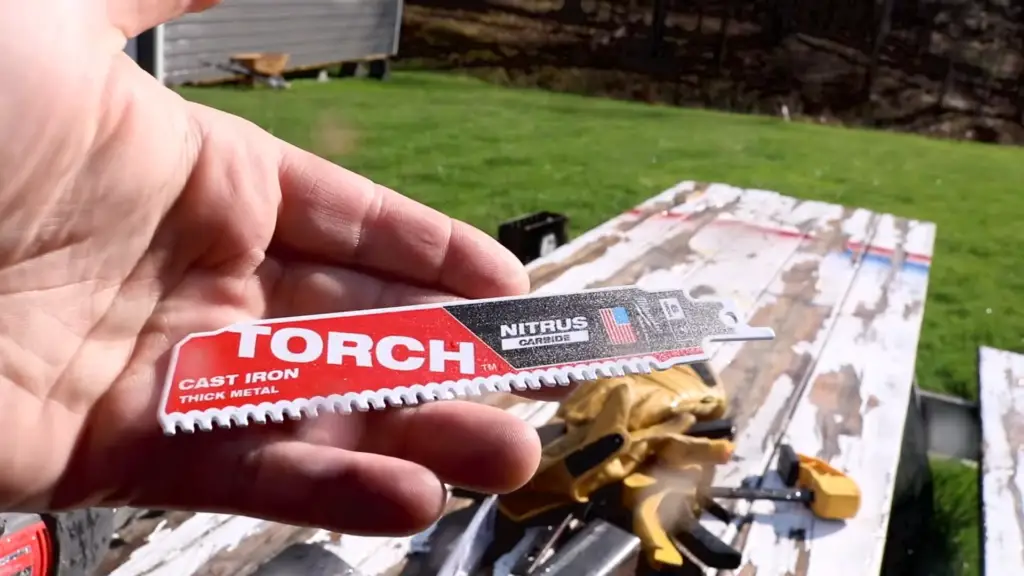
Some facts about a Sawzall Metal Cutting with a Sawzall
Can a cordless sawzall cut metal?
A cordless Sawzall is capable of cutting through metal, provided the blade is designed for that purpose. When you are considering using a Sawzall to cut metal, it’s important to consider the type of metal and its thickness. Most standard Sawzall blades are good for cutting through thin metals such as aluminum and sheet steel up to about 1/8 inch thick. However, there are special metal cutting blades available that can handle thicker metals of up to 1/2 an inch in thickness. It’s important to use the right blade for the job, as using a standard blade on thicker metals may cause it to overheat and dull quickly.
When cutting through larger chunks of metal, it’s best to use a more powerful corded Sawzall. This will provide a much stronger cut and can handle thicker metals with ease. Be sure to use extra caution when cutting metal, as it can cause sparks and flying debris that could be dangerous if not handled properly. Wear protective safety gear such as goggles and gloves to ensure your safety while using the Sawzall.
Can a Sawzall Cut Through Steel?
Yes, a Sawzall can cut through steel. Depending on the type of steel and its thickness, you may need to use a special metal-cutting blade designed for cutting through thick metals. It’s important to use the right blade for the job, as using a standard blade on thicker metals may cause it to overheat and dull quickly. When cutting through larger chunks of metal, it’s best to use a more powerful corded Sawzall. This will provide a much stronger cut and can handle thicker metals with ease.
Be sure to use extra caution when cutting metal, as it can cause sparks and flying debris that could be dangerous if not handled properly. Wear protective safety gear such as goggles and gloves to ensure your safety while using the Sawzall.
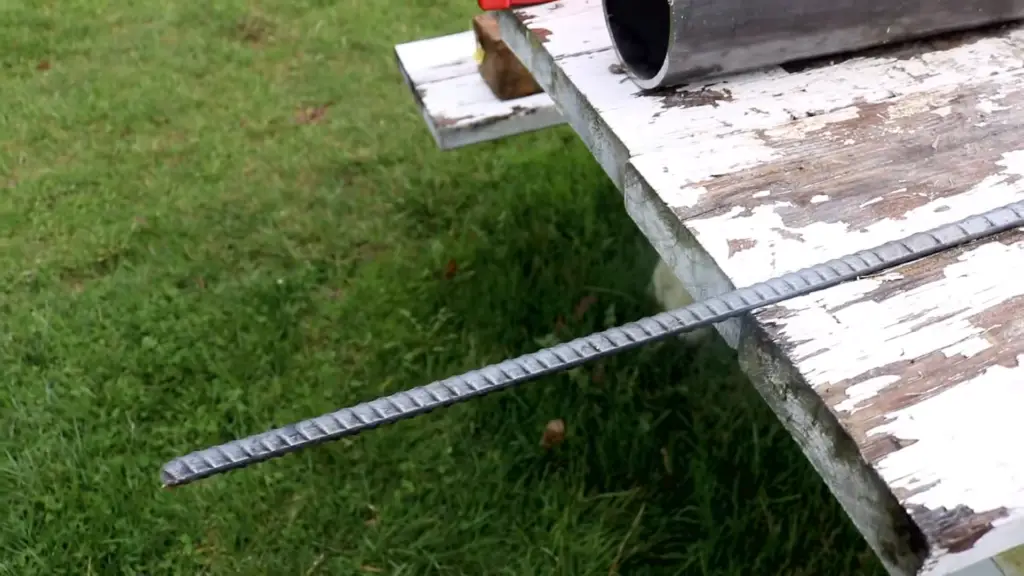
What is the Best Sawzall for Cutting Metal?
When it comes to cutting through metal, a Sawzall is the perfect tool for the job. Not only can you cut quickly and efficiently with minimal effort, but you can also do so in tight spaces and awkward angles that other cutting tools would struggle to reach. But what type of Sawzall should you buy if you plan on doing a lot of metal cutting.
The best Sawzall for cutting metal is one that has a powerful motor, strong blades, and variable speed settings. This type of saw will make your job easier by providing the right combination of power and control to cut through all types of metals with ease. You should also ensure that the blade you choose is designed for cutting metal, as some blades are better suited for woodworking or other materials. Additionally, it’s important to select the right type of blade to match your specific project; a carbide-tipped blade is better suited for cutting steel and aluminum, while a diamond-coated blade can be used on harder metals like stainless steel.
When choosing the best Sawzall for metal cutting, keep an eye out for features like comfortable handles, adjustable blade depth, and variable speed settings. All of these can make your job go faster and smoother, allowing you to get the most out of your Sawzall. Additionally, it’s important to invest in a reliable saw with a good warranty for added peace of mind. With the right Sawzall in hand, you’ll be able to cut through metal with ease and confidence. So, go ahead and get the job done right, with a Sawzall!
How Do You Use a Sawzall on Metal?
Using a Sawzall to cut metal can be intimidating and overwhelming for first-time users. But with the right tools, technique, and safety precautions, you can accurately see through all types of metals with ease. Here is a guide on how to use a Sawzall for cutting metal.
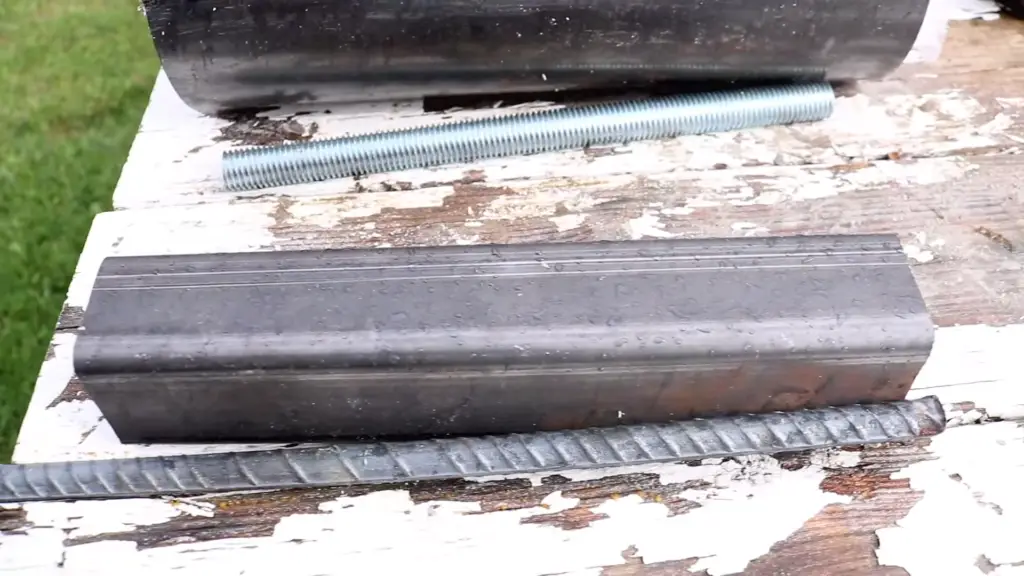
Step 1: Select the Right Metal Cutting Blade
The first step is to select the right metal cutting blade. Most metal cutting blades have a slightly rounded tip for added safety and strength. If you’re cutting thicker metals, look for a larger-diameter blade that can handle more torque. Additionally, some sawzalls come with special adhesive-backed blades specifically designed for metal cutting.
Step 2: Secure the Workpiece
Before you start cutting, it is crucial to ensure the utmost security of your workpiece. One of the easiest and most effective ways to achieve this is by utilizing a sturdy vise or reliable clamps. By firmly securing the workpiece in place, you can prevent any unwanted movement of the sawzall during the cutting process. This not only guarantees the accuracy of your cuts but also enhances overall safety and precision. With this simple yet essential practice, you can confidently embark on your cutting tasks with peace of mind.
Step 3: Adjust Your Settings
When it comes to metal-cutting projects, it’s important to adjust the speed of your sawzall accordingly. Opting for slower speeds will provide you with enhanced control and precision, ensuring accurate cuts. On the other hand, if you’re working with thicker metals and time is of the essence, faster speeds can help you cut through them more efficiently. Additionally, to further enhance your cutting experience, it’s recommended to use a lubricant such as cutting oil or WD-40. This will not only facilitate smoother cuts but also help prolong the lifespan of your sawzall blades. So, take your time, choose the right speed, and don’t forget to lubricate for optimal results!
Step 4: Start Cutting
Once you have carefully adjusted all of your settings, you can begin the cutting process. It is crucial to keep the sawzall in constant motion at a steady pace, avoiding any sudden stops or starts. Doing so will help prevent inaccuracies and minimize the risk of potential kickbacks. Furthermore, when making cuts, applying light pressure will allow for greater precision and finer results. Remember, taking these extra precautions will ensure a safe and successful cutting experience.
Step 5: Clean Up Your Cuts
After you’ve finished cutting, it’s important to clean up and smooth out the edges of your cuts. This can be done with a metal file or sandpaper, depending on the thickness of the material. Doing this will improve both the appearance of your workpiece and its overall safety [2].
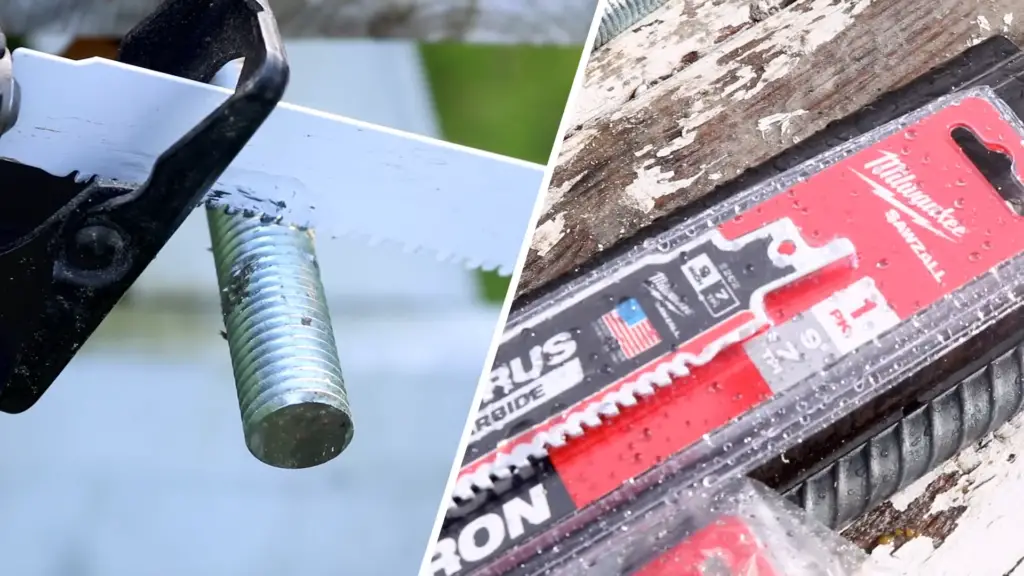
How Thick Metal Can a Sawzall Cut?
A Sawzall is a powerful and versatile cutting tool that can be used to cut through metal. However, the thickness of the metal it can cut depends on several factors. Generally speaking, a Sawzall can easily cut through thin metal sheets up to 1/4 inch thick and most lightweight metals, such as aluminum or steel tubing. It can also handle slightly thicker materials, such as a 1/2-inch thick steel plate.
The power of the Sawzall is determined by its motor strength and blade speed. If you have a more powerful Sawzall with faster blade speeds, it can handle thicker material up to 3/4 inch thick metal plate. You may also want to use specialized blades designed for cutting through thick metal.
When cutting thicker metals with a Sawzall, you should use extra caution to prevent the blade from overheating and breaking. You should also be careful not to overstress your Sawzall by pressing too hard against the material. Doing this can cause excess vibrations which may damage your tool or even cause injury.
FAQ
What is the best Sawzall blade for cutting metal?
The best Sawzall blade for cutting metal depends on the type of metal you are trying to cut. For softer metals such as aluminum, a thick-gauge blade with a double-cutting edge is ideal. For harder metals such as stainless steel or cast iron, it’s better to use thin blades with a triple-cutting edge. When in doubt, refer to the manufacturer’s recommendations for the best blade type to use.
Can you cut hardened steel with a Sawzall?
Yes, you can cut hardened steel with a Sawzall. However, it would be best to use a thin blade with a triple-cutting edge, as this will give you the best results. You should also wear protective gear while cutting any metal with the Sawzall, including eye protection and gloves.
How do I change the blade on My Sawzall?
Changing the blade on a Sawzall is relatively simple. First, you’ll need to make sure that the tool is unplugged from any power source and switch off the saw’s trigger. Then loosen the screw on the side of the blade guard and slide it away from the blade. Finally, use a screwdriver or an Allen key to unscrew the blade and replace it with a new one. Make sure to tighten all screws securely before turning on the saw again.
What materials can be cut with a Sawzall?
A Sawzall is designed for cutting through a variety of materials, including metal, wood, plastic, and drywall. It can also be used to make precision cuts, depending on the blade type being used. When in doubt, refer to the manufacturer’s recommendations for what materials can be cut with your Sawzall model.
Will a Sawzall cut through a bolt?
Yes, a Sawzall, also known as a reciprocating saw, can be a reliable tool to effectively cut through bolts. When tackling the task, it is recommended to utilize thin blades with a triple-cutting edge, specifically designed to handle harder materials like bolts. To ensure safety, it is crucial to wear appropriate protective gear while operating the Sawzall, including reliable eye protection and durable gloves. By following these guidelines, you can confidently and securely cut through metal bolts using the Sawzall.
Can stainless steel be cut by a Sawzall?
Yes, stainless steel can be cut by a Sawzall. It is important to select the right blade for the job – thin blades with a triple-cutting edge work best for harder metals like stainless steel. If you are in doubt about what type of blade is suitable for cutting your specific type of metal, refer to the manufacturer’s instructions for more information.
Useful Video: Use a Reciprocating Saw to cut metal? you really need to see these Milwaukee Torch Nitrus blades!
Conclusion
In conclusion, Sawzall can cut metal with ease, precision, and accuracy. It is an invaluable tool for metalworkers and DIY enthusiasts alike. With its adjustable speed and depth settings, it can easily handle a variety of metals with different thicknesses and shapes. The anti-vibration design ensures a smooth operation that will not strain the user’s arms or hands during long work sessions. Moreover, the storage case and accessories make the saw even more convenient. With Sawzall in hand, metal cutting is no longer a hassle.
References
- https://www.homebuilding.co.uk/advice/what-is-a-reciprocating-saw
- https://www.wikihow.com/Use-a-Reciprocating-Saw






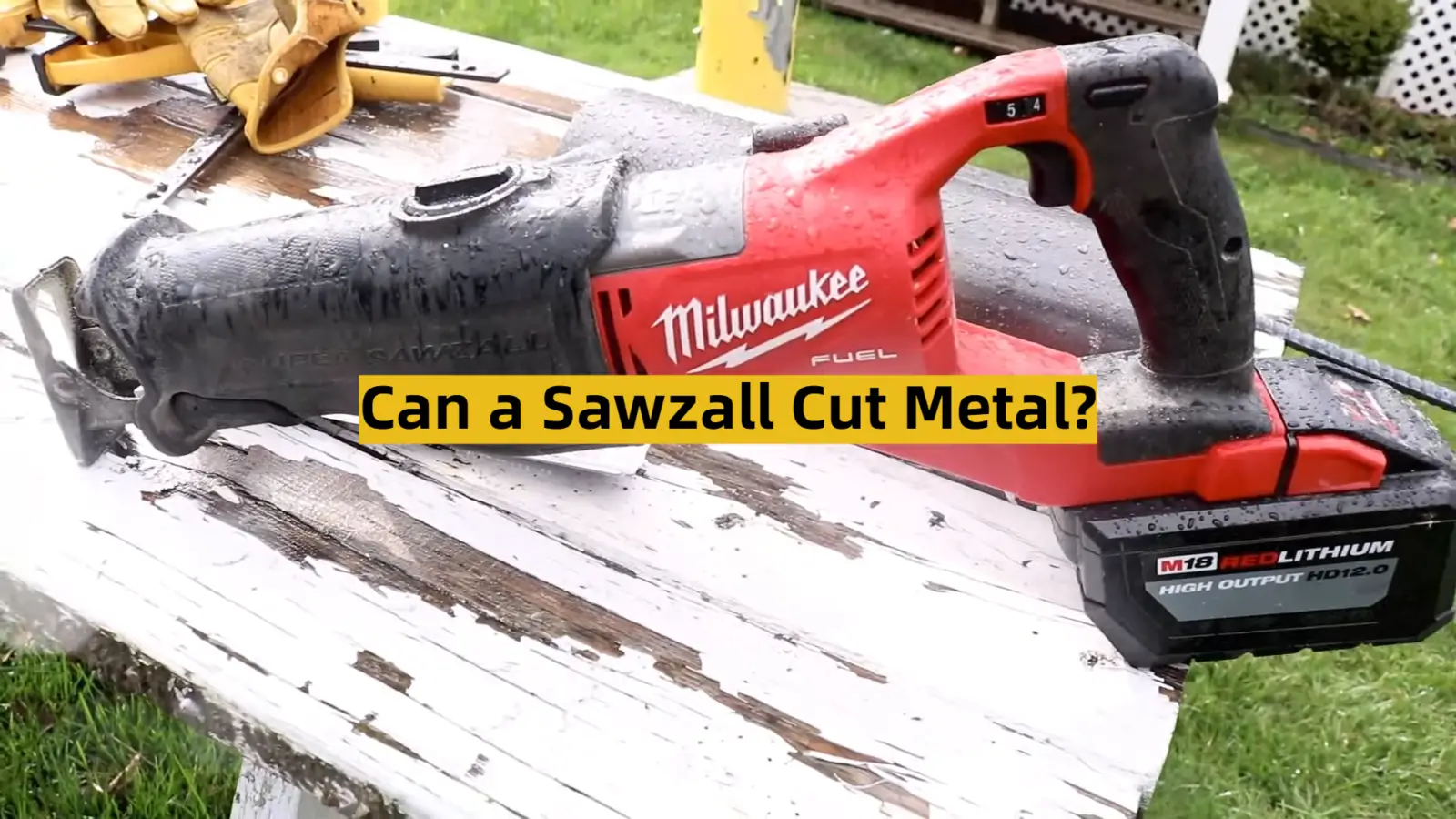








Leave a Reply